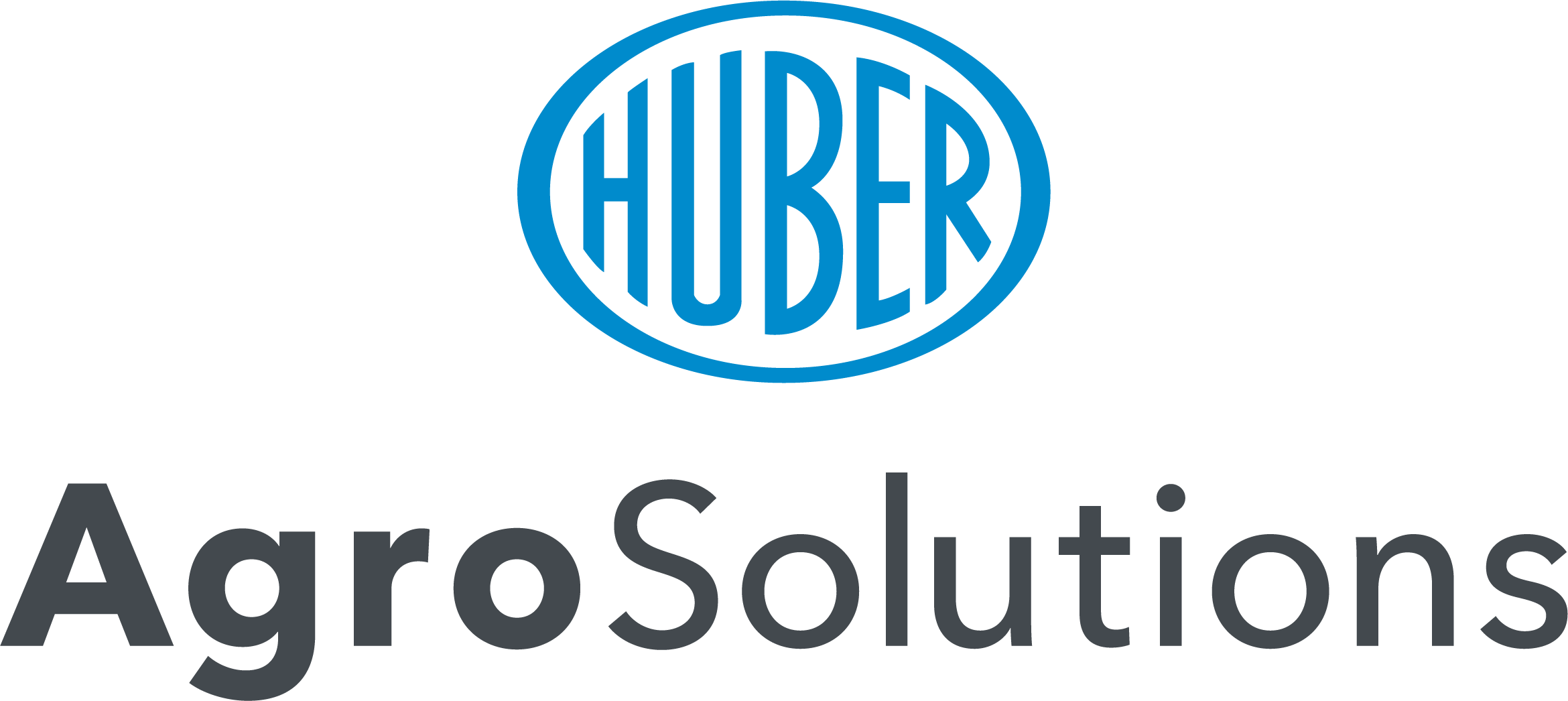RADICAL BIOSTIMULANT
What is it?
ILSAPOLICOS is a biostimulant derived from vegetal matrices, rich in liquid alfa-alfa extract, seaweed, molasses, and natural Triacontanol (extracted through the Supercritical Fluids Extraction SFE®) with a biostimulant action on vegetal physiology.
What does it do?
ILSAPOLICOS’ action is significantly evident in extreme condition as high salinity, jump temperatures, and drought, etc. which may limit the apparatus expansion in the rhizosphere.
ILSAPOLICOS is rich in organic molecules from vegetal sources, such as natural Triacontanol, polysaccharides, betaines, and potassium essential for root development, and the formation of adventitious and absorbent root hairs. Therefore, the development of root apparatus in-depth and width is enhanced. Furthermore, the organic molecules enhance the cell multiplication with a positive action also in the aerial organs improving new shoot development and anticipating the flowering and fruit setting stage.
ILSAPOLICOS improves the absorption of the nutrients increasing nutritional efficiency as well. In the greenhouse and when high temperatures will occur, ILSAPOLICOS has a positive effect in keeping plants more compact, reducing the internodes, and increasing the final yield.
How to use it?
ILSAPOLICOS can be applied by fertigation on fruit, tree and vegetable crops, after-transplantation and/or vegetative restart and during the whole crop cycle to enhance rotting and vegetative growth. Furthermore, during the fertigation treatments, ILSAPOLICOS can be mixed with minerals for better and rapid absorption of nutrients.
Chemical and physical features
- LIQUID BROWN COLOUR
- pH 7,5 ± 0,5
- DENSITY 1,28 ± 0,02 kg/dm3
- Conductivity E.C. 4,00 +- 0,20 dS/m
COMPOSITION
- Organic Nitrogen (N) 2,5 %
- Organic Carbon (C) 17,5 %
- Water soluble Potassium oxide (K2O) 6 %
- Betaines 1 %
- Natural Triacontanol (mg/kg) 10
Contains in particular
- ALFALFA FLUID EXTRACT, SEAWEED AND MOLASSES
Characterising substances
- PLANT-DERIVED TRIACONTANOL, BETAINES, POLYSACCHARIDES, POTASSIUM
ACTIONS OF THE CHARACTERISING SUBSTANCES
| STIMULATION OF PHYSIOLOGICAL PROCESSES | STRESS TOLERANCE | |
|---|---|---|
| PLANT-DERIVED TRIACONTANOL |

|

|
| POTASSIUM AND POLYSACCHARIDES |

|

|
| BETAINES |

|
Doses and methods of use of the fertilizer
-
Fruit
-
Blackcurrant5-10 kg/haStarting from the first applications of fertigation, 2-4 uses
-
Blueberry5-10 kg/haStarting from the first applications of fertigation, 2-4 uses
-
Kiwi5-10 kg/haStarting from the first applications of fertigation, 2-4 uses
-
Pomegranate5-10 kg/haFrom growth recovery to pre-flowering
-
Raspberry5-10 kg/haStarting from the first applications of fertigation, 2-4 uses
-
Redcurrant5-10 kg/haStarting from the first applications of fertigation, 2-4 uses
-
-
GrapeVine
-
All5-10 kg/haStarting from the first applications of fertigation, 2-4 uses
-
-
Greens and Nurseries
-
Ornamental and Floral Crops250-300 g/l waterStarting from the first applications of fertigation, 2-4 uses
-
Ornamental and Forest Nurseries250-300 g/l acquaStarting from the first applications of fertigation, 2-4 uses
-
-
Leafy vegetables
-
Artichoke5-10 kg/haStarting from the first applications of fertigation, 2-4 uses
-
Arugula5-10 kg/haStarting from the first applications of fertigation, 2-4 uses
-
Basil5-10 kg/haStarting from the first applications of fertigation, 2-4 uses
-
Beet5-10 kg/haStarting from the first applications of fertigation, 2-4 uses
-
Chicory5-10 kg/haStarting from the first applications of fertigation, 2-4 uses
-
Chicory5-10 kg/haStarting from the first applications of fertigation, 2-4 uses
-
Endive5-10 kg/haStarting from the first applications of fertigation, 2-4 uses
-
Lettuce5-10 kg/haStarting from the first applications of fertigation, 2-4 uses
-
Parsley5-10 kg/haStarting from the first applications of fertigation, 2-4 uses
-
Spinach5-10 kg/haStarting from the first applications of fertigation, 2-4 uses
-
-
Legumes and potatoes
-
Potato5-10 kg/haStarting from the first applications of fertigation, 2-4 uses
-
-
Olive Tree
-
All5-10 kg/haStarting from the first applications of fertigation, 2-4 uses
-
-
Pome fruits
-
All5-10 kg/haStarting from the first applications of fertigation, 2-4 uses
-
-
Stone fruits
-
All5-10 kg/haStarting from the first applications of fertigation, 2-4 uses
-
-
Vegetables
-
Brussels sprouts5-10 kg/haStarting from the first applications of fertigation, 2-4 uses
-
Courgette5-10 kg/haStarting from the first applications of fertigation, 2-4 uses
-
Cucumber / Gherkin5-10 kg/haStarting from the first applications of fertigation, 2-4 uses
-
Eggplant5-10 kg/haStarting from the first applications of fertigation, 2-4 uses
-
Melon5-10 kg/haStarting from the first applications of fertigation, 2-4 uses
-
Pepper5-10 kg/haStarting from the first applications of fertigation, 2-4 uses
-
Savoy Cabbage5-10 kg/haStarting from the first applications of fertigation, 2-4 uses
-
Spring Cabbage5-10 kg/haStarting from the first applications of fertigation, 2-4 uses
-
Strawberry5-10 kg/haStarting from the first applications of fertigation, 2-4 uses
-
Tomato5-10 kg/haStarting from the first applications of fertigation, 2-4 uses
-
Turnip Tops5-10 kg/haStarting from the first applications of fertigation, 2-4 uses
-
The dose indicated in the table has been calculated by taking into account an irrigation volume of about 500-600 litres of water per application. The doses shown should be considered as merely indicative and may vary according to pedoclimatic conditions and average yields expected.
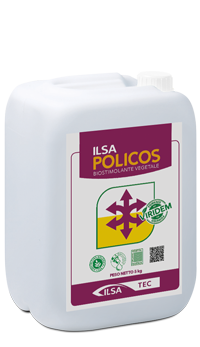









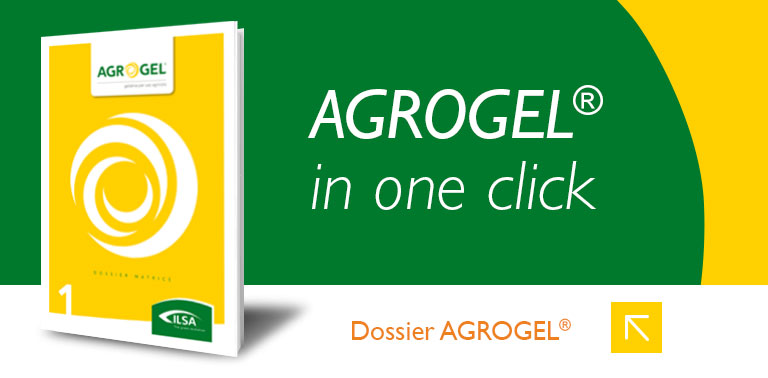
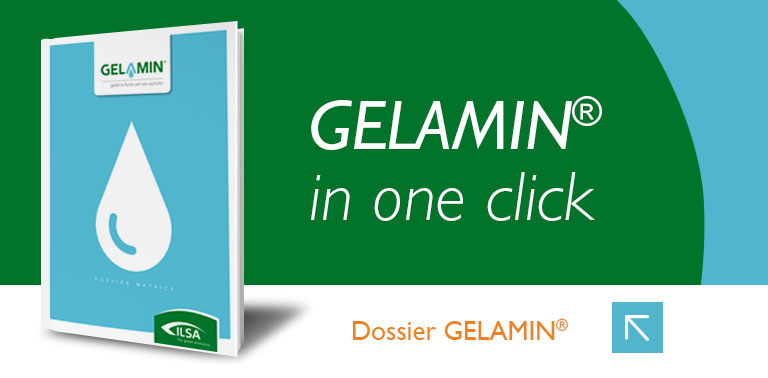
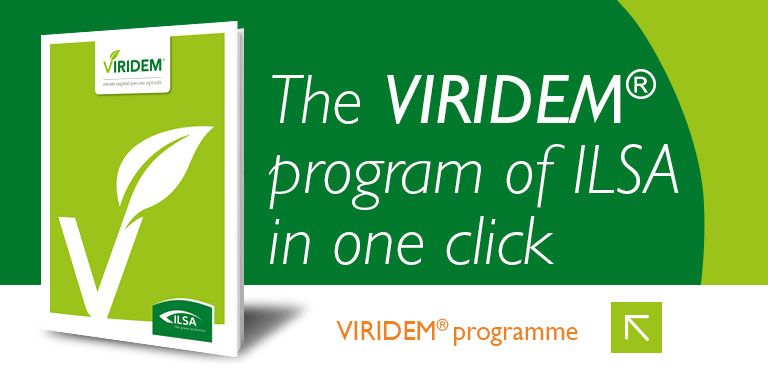
.png)
















